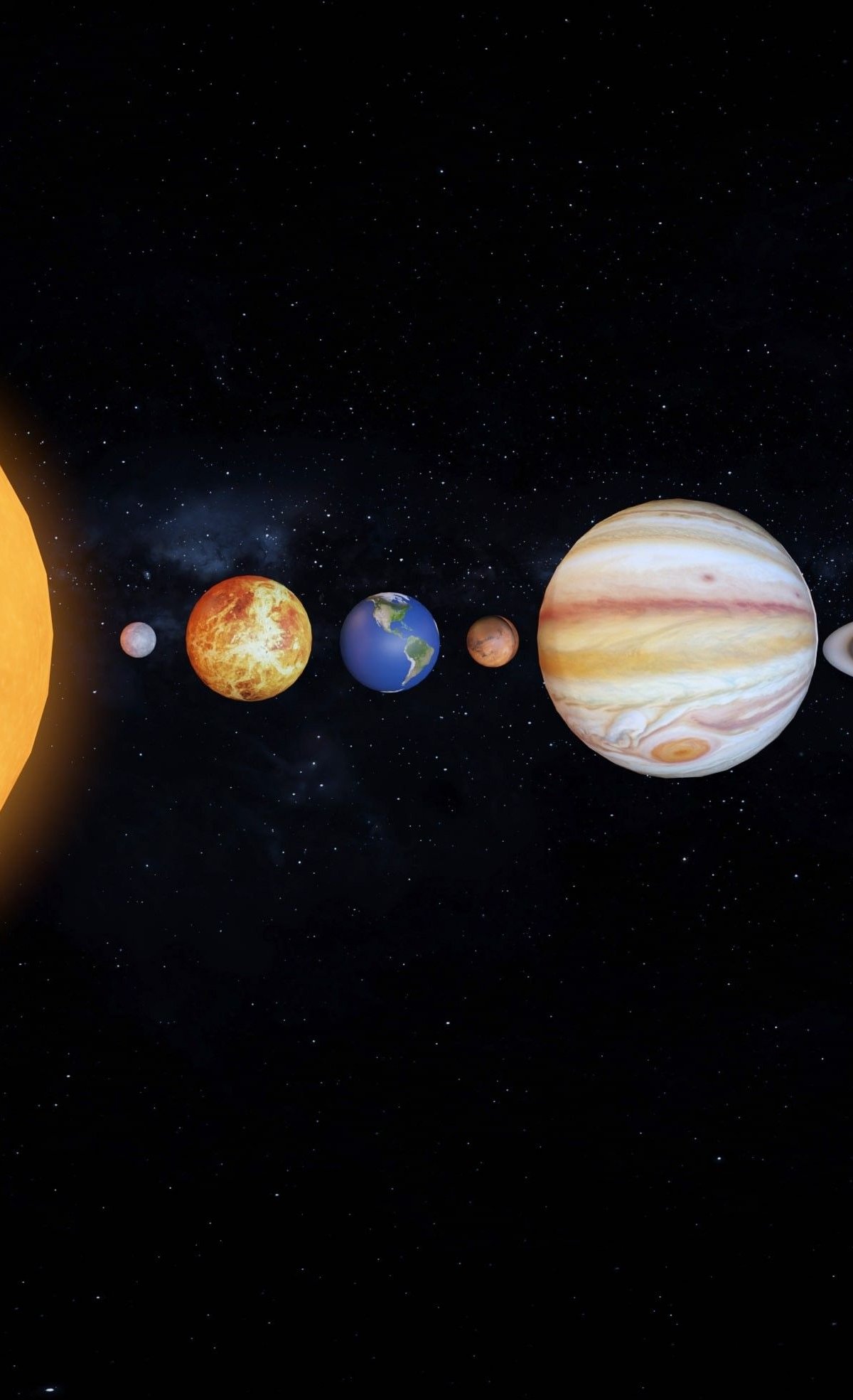The planets in the Solar System are ‘attached’ to the Sun due to the gravitational force the Sun exerts on these bodies. Therefore, they constantly revolve around the Sun; One rotation is completed on Earth every year. But, Scientific evidence also shows that over millions of years the planets move slightly further from the Sun.
Approximately 4.6 billion years ago, the Solar System formed as a result of the gravitational collapse of a solar nebula. Most of the cosmic material concentrated in a single region, giving rise to the Sun. The rest formed planets, asteroids, moons and other celestial bodies. Since then, the planets in our system have been orbiting the Sun under the influence of its intense gravity.
The United States National Aeronautics and Space Administration (NASA) explains: This strong attraction is due to the fact that the Sun contains approximately 99.8% of the mass of the entire Solar System. Kepler’s and Newton’s laws of gravity accurately describe this phenomenon that occurs between celestial bodies and the Sun.
Why are planets slowly moving away from the Sun? For example, the Earth is moving away by about 1.5 centimeters every year. According to scientists, this separation is extremely small and does not pose any risk to life, because it would take billions of years for a significant effect to occur.
It is important to understand that the Earth and other objects in our Solar System are not moving away from the Sun, at least not directly, due to the expansion of the universe.. Gravity keeps everyone connected to the Sun. Without this force, objects would move away from each other due to the constant expansion of the cosmos.
“As Earth moves further away from the Sun, sunlight will diminish. This attenuation corresponds to a 0.4% reduction in solar energy reaching the Earth’s surface. This is relatively small compared to Earth’s normal variations in the Sun’s brightness. University of California astronomer Brian Brian “It’s an elliptical orbit, so there’s not much to worry about,” DiGiorgio told LiveScience.
Planets moving away from the Sun
According to scientific evidence, Earth and the other planets in the Solar System are slowly moving away from each other due to a natural process occurring in the core of the Sun. Over time, the star’s mass is converted into energy during nuclear fusion reactions.
A small portion of its mass is lost when the Sun converts hydrogen into helium during nuclear fusion. This constant loss reduces the star’s gravitational pull on celestial bodies in space.
A team of astronomers from the Department of Atmospheric and Planetary Sciences at the Massachusetts Institute of Technology (MIT) explains: The Sun loses approximately 10?¹³ of its mass each year. As a result, the Earth is slowly moving away by about 1.5 cm every year.
DiGiorgio claims that the difference will not cause a significant change on our planet. Over a period of 5 billion years, this process will increase the distance between the Sun and our celestial body by only 0.2%.
In other words, besides not significantly affecting the Sun’s natural illumination, this distance is not that important in the overall context. It is worth noting that planets can never give up the influence of the Sun, as the advancing stages of the star will cause other destructive effects.
Approximately 5 billion years from now, when the hydrogen in the Sun’s core runs out, its structure will collapse and turn into a red giant. At this stage, The Sun will begin to expand and may swallow some planets; possibly including Earth.
Did you like the content? So, stay updated with more topics related to astronomy and science at TecMundo and take the opportunity to understand what would happen if the Sun suddenly disappeared. Until later!
Source: Tec Mundo
I’m Blaine Morgan, an experienced journalist and writer with over 8 years of experience in the tech industry. My expertise lies in writing about technology news and trends, covering everything from cutting-edge gadgets to emerging software developments. I’ve written for several leading publications including Gadget Onus where I am an author.













